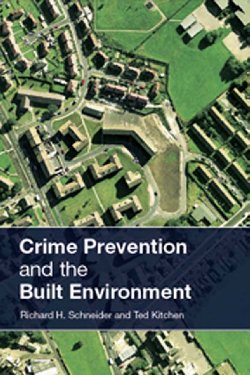By The Police Executive Research Forum (PERF)
Police agencies’ management of protests and demonstrations is not a new issue. PERF produced major reports on this topic in 2006, 2011, and 2018 (see pp. 15-17). And yet, the demonstrations of 2020 required PERF to throw out those playbooks and realize that we had to look at demonstrations very differently. Police simply did not expect and were not prepared for the level and extent of violence they encountered. It was unlike anything they had seen in 20 years. Police actually faced three major crises in 2020: Crisis 1: The COVID-19 pandemic, Crisis 2: Thousands of demonstrations following the murder of George Floyd, and Crisis 3: A spike in homicides and shootings. This report is mainly about Crisis 2, demonstrations. But I want to briefly discuss all three crises, because each one posed difficult, sometimes unprecedented challenges to law enforcement agencies, and the three crises compounded each other, creating a synergy that made all of the problems worse.
Police Executive Research Forum, 2022. 64p.





















